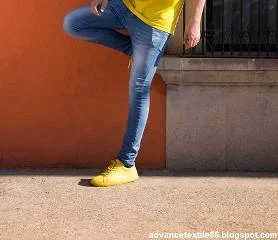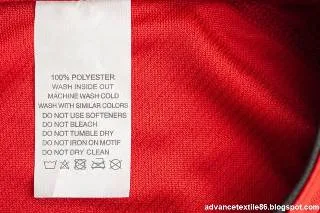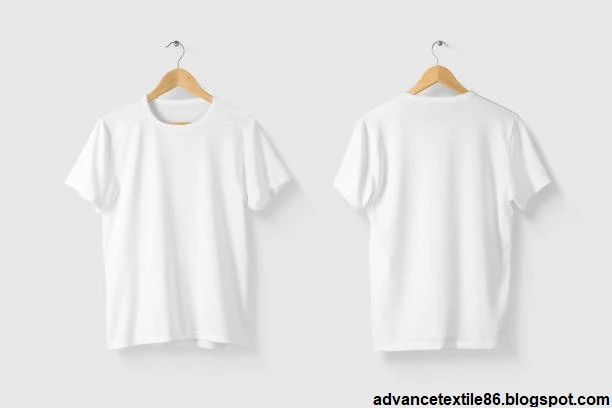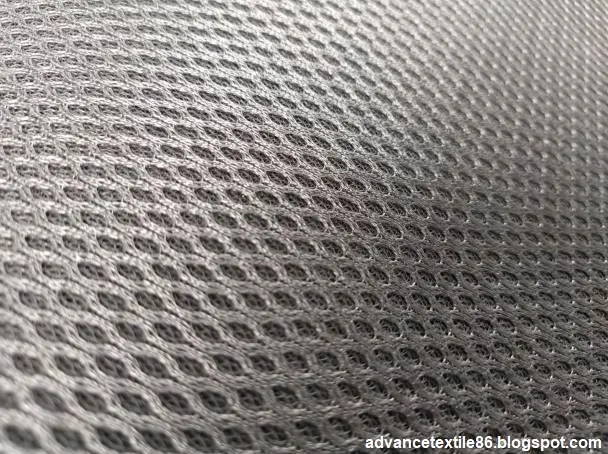Stretch fabric
Stretch
fabric is a synthetic fabric that stretches. It is either a 2-way stretch or a
4-way stretch. 2-way stretch fabrics tend to stretch to one side, usually from
selvage to selvage. 4-sided stretch fabrics such as spandex, crosswise and
extend in both longitudinal directions. It is different from elastic which is
not a fabric but a concept. On a larger scale, the materials have been adapted
for many artistic and decorative purposes. Expanded fabric structures create
contemporary-descriptive design elements that have many uses for connecting
theater and event productions.
History of stretch fabric
Stretch
fabric/expanded fabrics were developed from the scientific effort to make
fibers using neoprene. From this study, in 1958, commercial stretch fabrics
like spandex or elastane were brought to market. It is easy to make clothing
from stretch fabric. First used in swimsuits and women's bras, in the
mid-1980s, fashion designers began using them. In the early 1990s, they entered
the mainstream market and were widely used in sportswear.
Stretch fabric characteristics
i.
Stretch fabric is a lightweight fabric.
ii.
It can be stretched over 500% without breaking
iii.
Able to be stretched repetitively and still recover original length
iv.
Abrasion-resistant good
v.
This fabric is stronger, and more durable than rubber
vi.
It is soft, smooth, and supple fabric
vii.
Resistant to body oils, perspiration, lotions, or detergents
viii.
No static or pilling problems in this fabric.
Way of stretch fabric
In
fact, there are one-way, two-way, and four-way stretch fabrics.
To understand the differences, you need to know that the decision-making elements are-
i. Stretchability,
ii. Recovery of a fabric.
One-way
stretch means fabric is pulled side by side but does not recover. Interlock
knits and jerseys without Lycra are good examples of this type of fabric.
Two-way
stretch means the fabric stretches sideways from the stretch but recovers.
Therefore "two" parts - stretch and restore. An example of jersey
knits with Lycra.
Four-way
(or 4-way) stretch means fabric stretching and restoration of both width and
length. Fabrics using or are nylon/Lycra are examples of four-sided
stretched fabric.
Different types of stretch fabric
Stretch denim fabric
Stretch
denim fabric is a comparatively new type of denim cotton or cotton/polyester
blend that organizes a small amount of elastane, a stretch, synthetic fiber
into the fabric. Stretch jeans are also usually form-fitting than jeans made
without any stretch of the fabric. Now, denim trends have been changed
according to customer requirements to improve the quality of the fabric.
Stretchable denim is more popular than regular denim because of its elasticity
and fit. There are two types of stretch denim based on the degree of stretchability. These are energy or action expansion and comfort. Strength or action
extends to provide a fabric with a higher degree of extensibility and faster
recovery. The stretch factor is usually accompanied by a recovery loss of at
least 30-60 percent or more than 5-6 percent. Comfort stretches the fabric with a
stretch factor of less than 30 percent and a recovery loss of more than 2-5
percent.
Stretch Georgette fabric
Stretch
Georgette fabric includes spandex or other elastic elements to weave for adding
stretch. Satin Georgette, this type of georgette uses a satin weave, which
gives it a final finish. Georgette is originally made from silk; it is made
with highly twisted yarn. Its characterized wavy surface is made of S- and
Z-twist yarn alternately in both warp and weft. It is made in solid colors and
prints and is used for blouses, evening gowns, saris, dresses, and trimmings.
Stretch polyester fabric
Some polyester fabrics are stretched, and some don’t. The amount of stretch depends on a lot of things, so let’s discuss them. First, there are different types of polyester, each with its own characteristics. Polyester filaments can be of different sizes and these filaments can be cut into yarn in different ways. Each can determine how much the polyester will stretch. Furthermore, when the polyester yarn is knitted or woven into the fabric, it is stretched to varying degrees in the polyester fabric. Lastly, if the polyester is mixed with expanded fibers such as spandex like Lycra, elastane, etc., or something like rayon, it will also affect how much the polyester will stretch.
Woven
polyester is not very stretched but Woven polyester blended with spandex or
rayon is a much-stretched fabric. And knitted polyester is somewhat stretched
but blending knitted polyester spandex or rayon will be much stretched, most of
the time.
Stretch cotton fabric
Stretch fabric is a fabric that has the ability to stretch. For example, stretch cotton fabric preserves all the positive properties of cotton fabric such as breathability, water-absorbing function, and hypo-allergenicity. Jersey is a single knitted cotton fabric that is popular for its stretch and softness. Because of the way the jersey is knit, it has natural elasticity without using stretch fibers like elastane. If they are made from knitted 100% cotton, they will stretch, just like any cotton T-shirt will stretch. If they are made from woven 100% cotton, no, they will stretch very, very little. If you want a noticeable stretch, you need to add spandex/elastane to the woven cotton. It is suitable for women's clothing, stage outfits, underwear, sportswear, and home textiles.
Stretch silk fabric
All
the softness and sheen of silk charmeuse with the comfort of stretch fabric. A
small amount of 95% silk and 5% spandex and spandex will not affect the dyeing
process - the dye is basically like 100% silk fabric. Silk fabric can be
stretched. As a natural fabric, silk should stretch about 20% so when the
fabric is compressed or too small, you may be able to stretch it a bit. The
fabric will stretch depending on its weave and the quality of the material.
Made with a weft of satin crepe spun with spaced warp thread and a fine
elastomer called soyeline, spaced very close to lustrous silk. Satin weaving
and the main features are fluidity and comfort. Stretch silk fabric is one of
the most popular fabrics in satin and is attractive for evening gowns, mermaid
dresses, blouses, luxurious lingerie, or smart, lightweight jackets. Stretched
silk fabric is available in a variety of beautiful solid colors.
Stretch nylon fabric
Nylon
fabric is designed to stretch and get back to its old shape, although it can be
a permanent or temporary stretch on the material. Repeated soaking in the baby
shampoo will loosen the nylon fabric and stretch the structure as a result of
using or wearing weights. Here we have a shiny, white fabric made from nylon
and spandex. This type of material is extremely stretched in two directions, it
has a medium weight and, in most cases, retains its size. Use of this type of
material includes leggings, spankies, sports bra, leopard, bathing suit, etc.














0 Comments